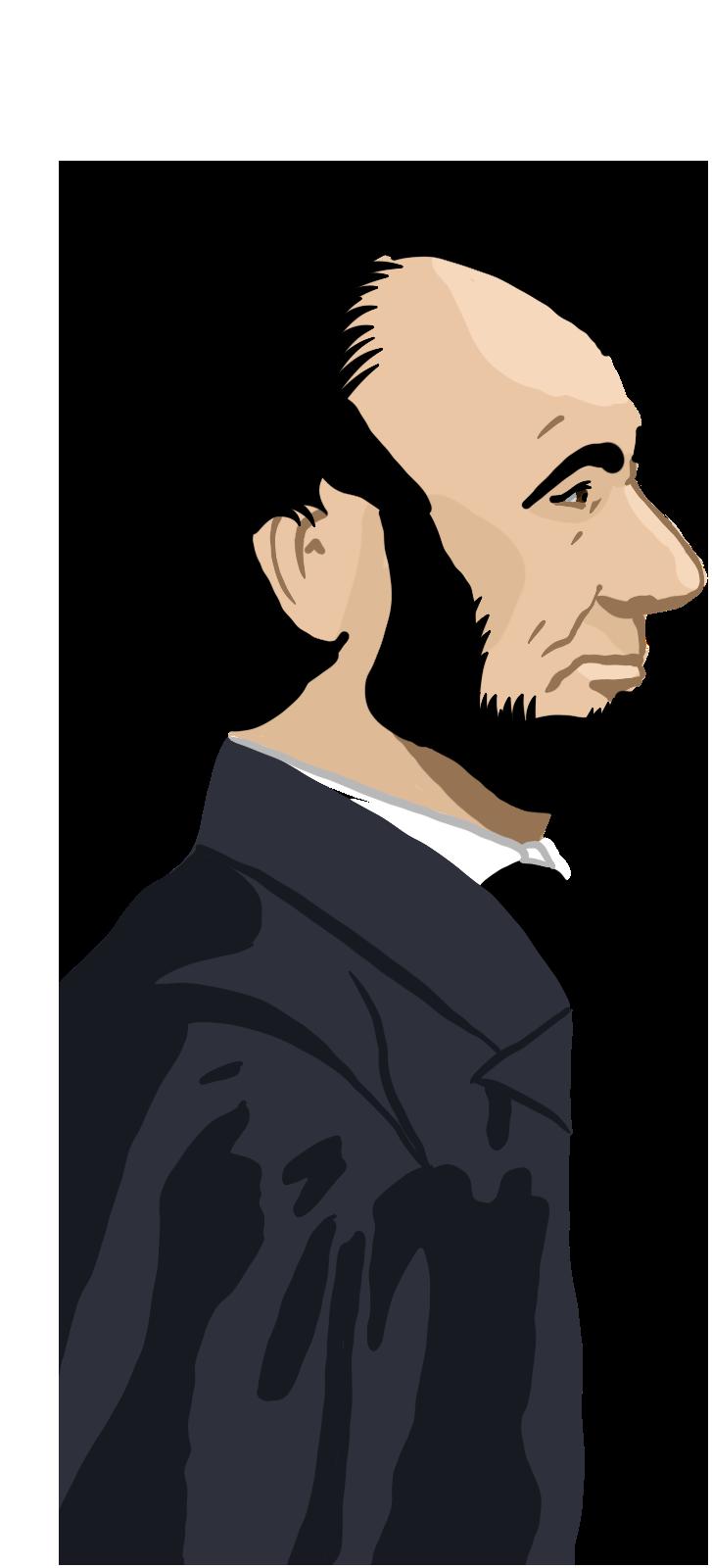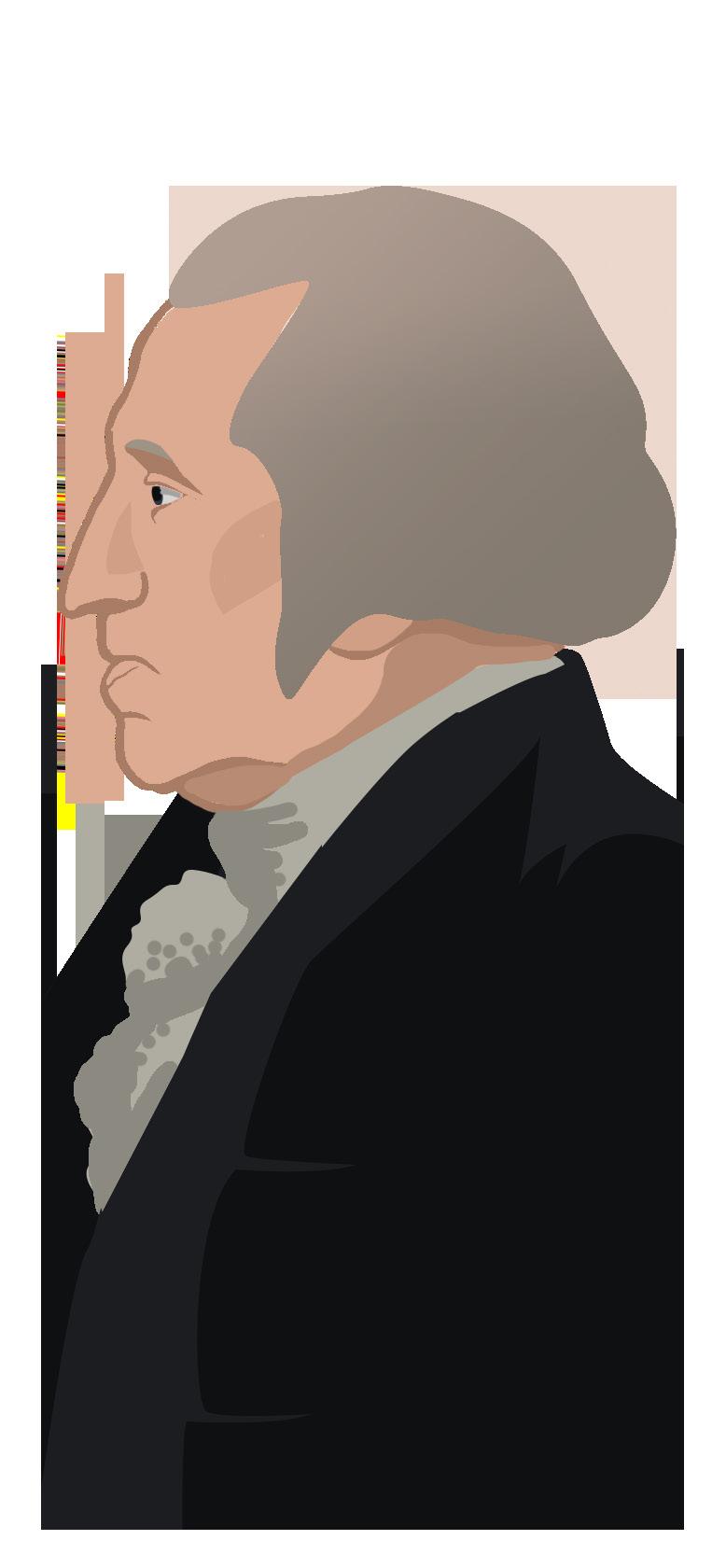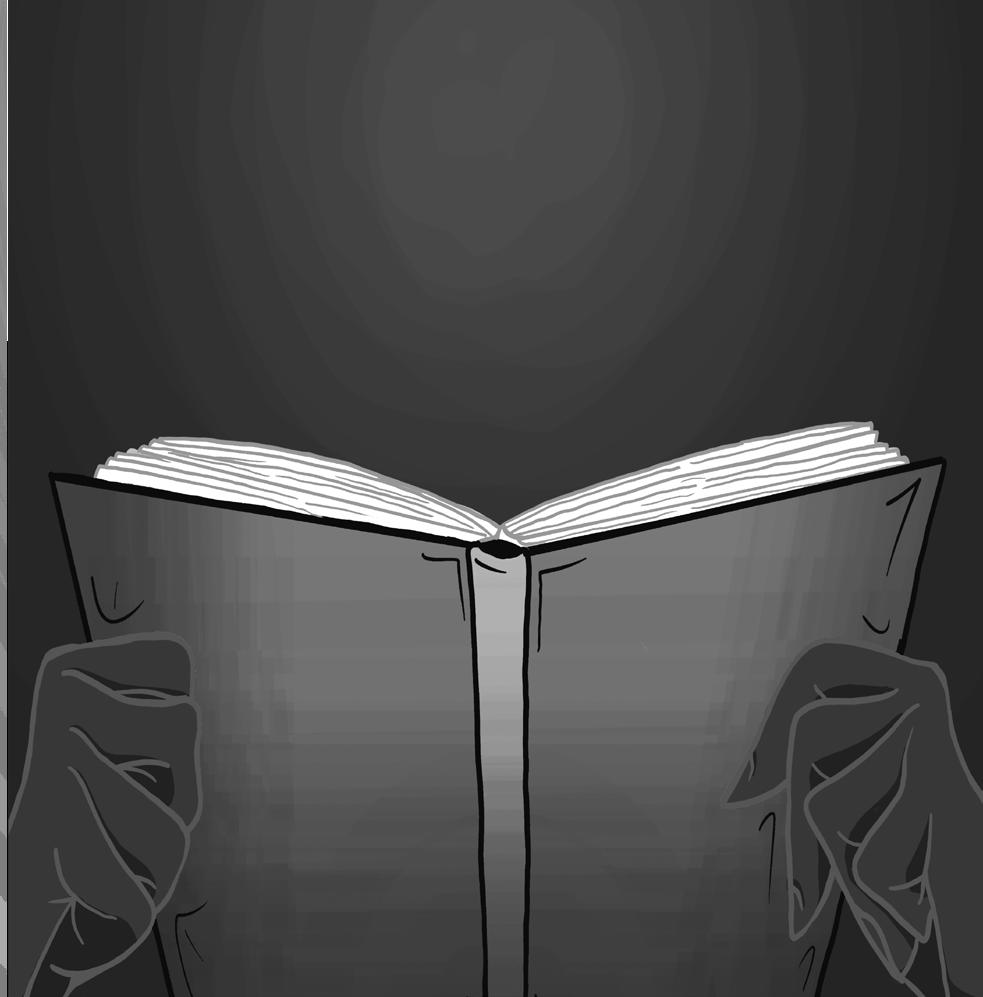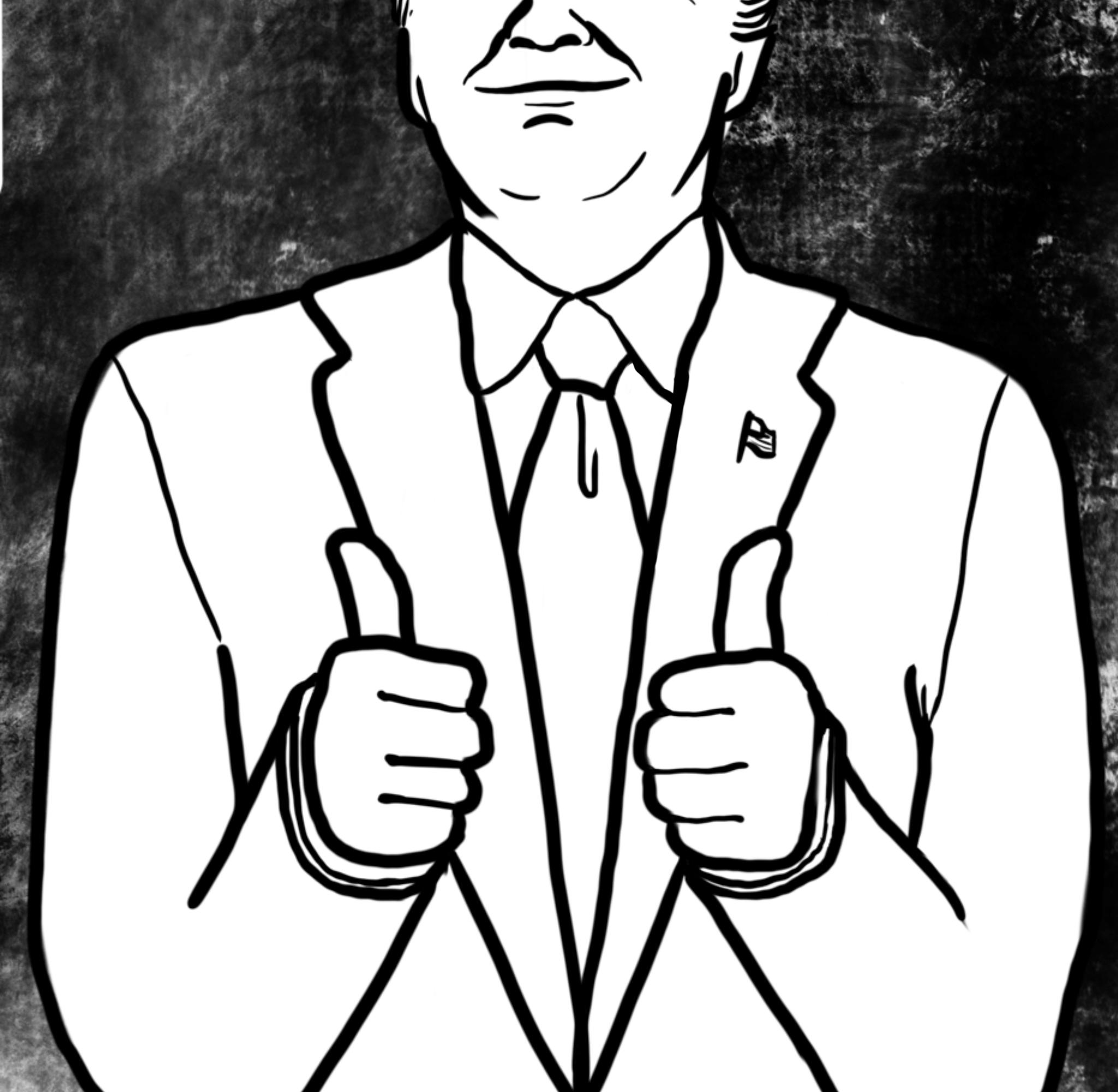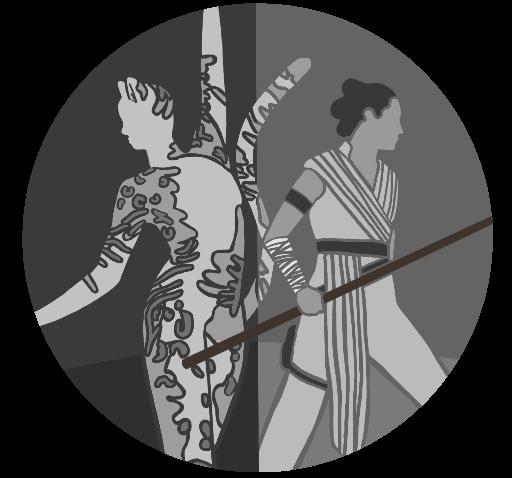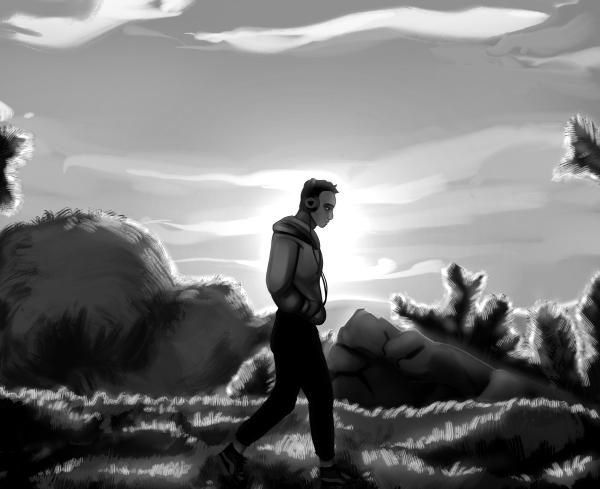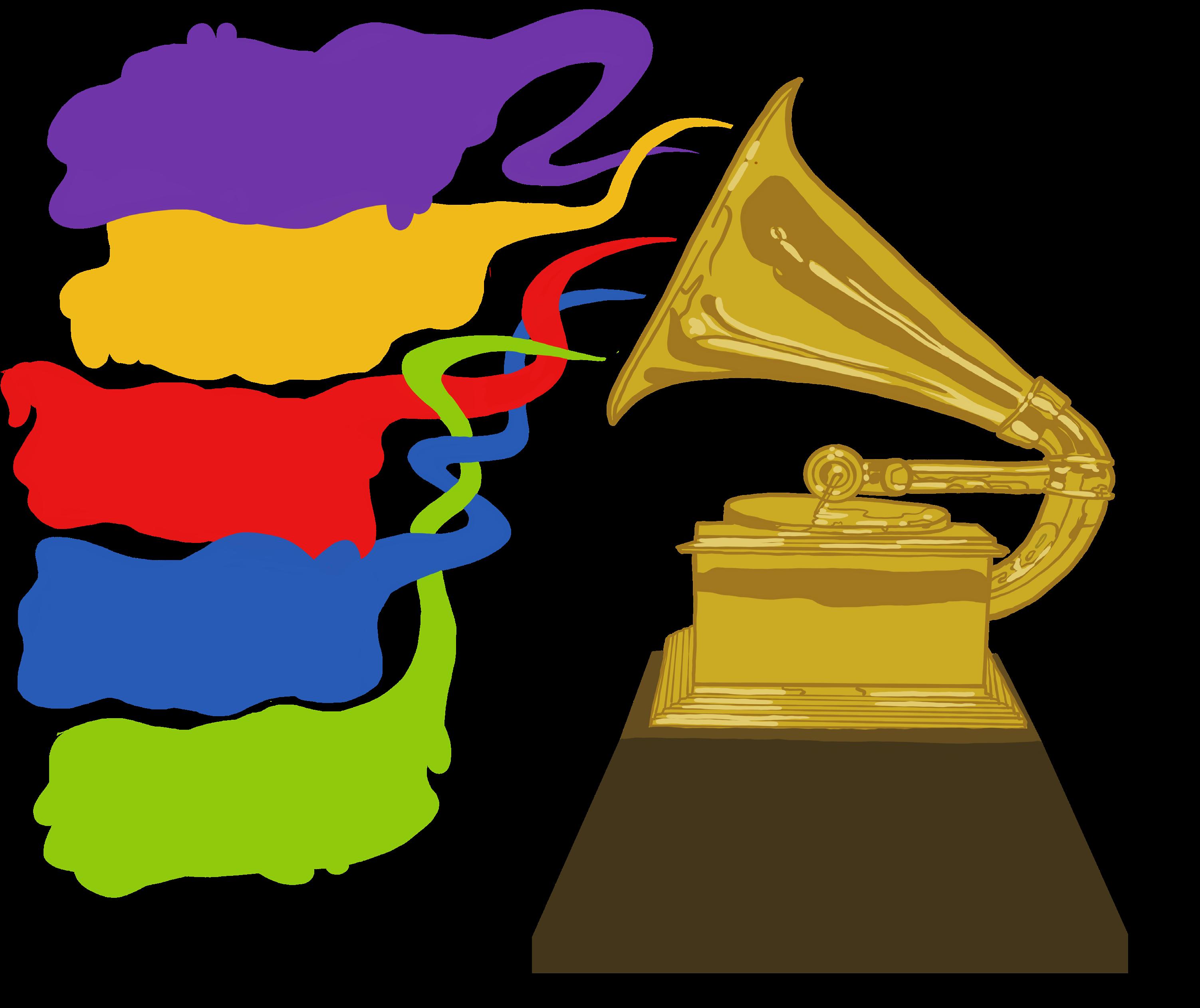
5 minute read
Where you write down your vote
Features February 13, 2020
The Merionite Olivia Lee ’23 Celebrating Black History Month
Advertisement
The month of February is typically known for Valentine’s Day, the Super Bowl, and most importantly, the celebration of African American culture and heritage. Black History Month is celebrated throughout the month due to the birthdays of Abraham Lincoln on February 12 and Frederick Douglass on February 14, both of which have been celebrated together since the late 19th century. On February 7, 1926, Carter G. Woodson began the frst celebration of “Negro History Week,” which led to an even bigger celebration, and eventually turned into Black History Month. This month is celebrated to honor the monumental events that have happened to the African American community within the United States over the years and how they have shaped the world we live in now. A few examples of important African Americans that are celebrated during Black History Month are Rosa Parks, Federick Douglass, and Martin Luther King Jr. Their impactful actions have afected the modern world greatly. For instance, the Montgomery Bus Boycott was initiated by Rosa Parks in 1955. This aided in the progressive steps to end segregation. In addition, Fredrick Douglass is commonly known as “The Father of the Civil Rights Movement.” After being born into slavery around 1818 in Maryland, he became an abolitionist, activist for men’s and women’s rights, and author. Finally, Martin Luther King Jr. presented the “I Have A Dream” speech, addressing the racial injustices in society and the unfair treatment of African Americans. In elementary school, we were exposed to Black History Month through articles and projects that taught us about African American heroes.
Teachers in elementary school would also use Brain Pop videos as a fun way to educate students on the impacts of these inspiring African Americans. Each year in middle school, students participated in RALLY meetings during LEARN to discuss more about the subject. The documentaries we watched ignited discussions in class. With everyone’s opinions, students could spark ideas and ways to share what we had learned. During Black History Month in LM, the school holds performances and educational talks to increase the knowledge of students. Furthermore, the announcements recite an interesting fact about black history daily for the duration of the month. Depending on the teacher, students throughout the month may be given projects or assignments to express their knowledge they have learned. Overall, Black History Month holds great importance to the United States, and is thankfully taught and discussed throughout our school district, exposing students to critical values.
President’s Day Crossword
Angela Ge ’23
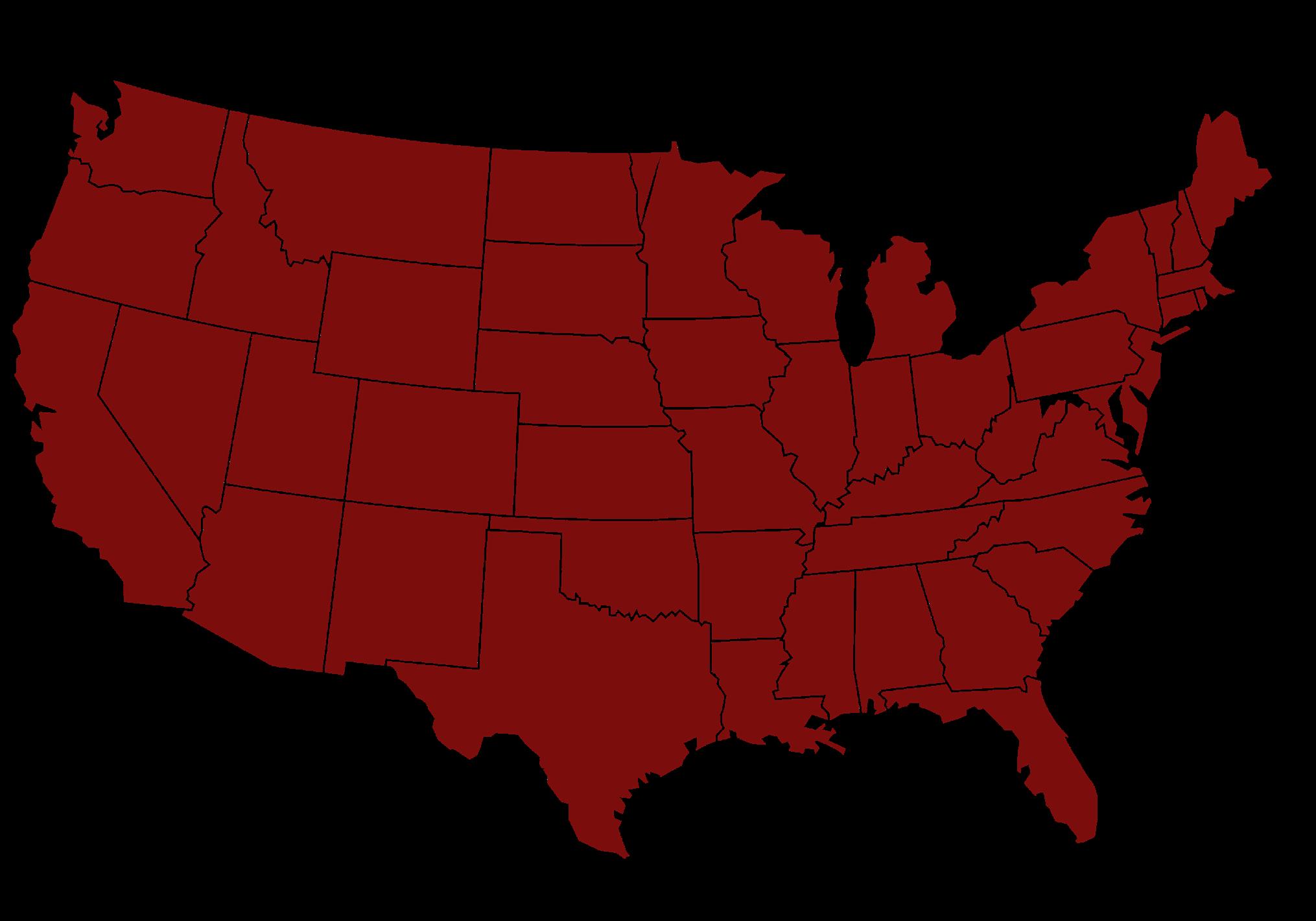

Across 1. Activities related to government 6. President during the Civil War 10. We the people of the ______ ______, in order... 13. February 22 is George Washington’s ________ 14. Where you write down your vote 16. A constitutional right of the president to reject a decision or proposal made by a law-making body 17. The month that this holiday occurs in 19. Voting occurs on this Tuesday (________ Day)
Down 2. Supreme law of the land 3. The frst American one was made by Betsy Ross 4. The background color of the stars 5. Similar to nationalism 7. To charge (the holder of a public ofce) with misconduct 8. He cut down his father’s cherry tree 9. 1600 Pennsylvania Ave NW, Washington, DC 20500 11. Four types of government are: oligarchy, aristocracy, monarchy, and ________ 12. Someone that people follow 15. Head of state in the US 18. One of the colors of the stripes
Mia Hail ’23 Every few years, C-SPAN polls 100 historians and biographers to create a ranking of the best U.S. Presidents. They create a survey that measures 10 qualities of presidential leadership, including public persuasion, crisis leadership, economic management, moral authority, international relations, administrative skills, relations with Congress, vision, pursuit of equal justice for all, and performance within the context of his times. In a survey released in 2017, 34th president Dwight D. Eisenhower came in ffth place; he is known for serving his presidential term during great tensions of the Cold War, and he also became the founder of NASA on behalf of the war efort. In fourth place is Theodore Roosevelt, the 26th president, who is featured on Mount Rushmore, won the Nobel Peace Prize in 1906, and is one of the most admired presidents in history. Franklin D. Roosevelt, the 32nd president, takes third place for his eforts during the Great Depression to pass the New Deal and create jobs. He is also known for serving through the high tensions of World War II, and remains the only president in history to serve more than two terms. The frst president of the United States, George Washington, earned himself second place due to his great leadership skills, his extreme importance as the founder of the United States of America, and the many precedents he set for all of his successors. Finally, ranking frst is 16th president Abraham Lincoln. He faced very difcult circumstances as a president serving in the midst of the Civil War. He nonetheless managed to make important strides that led towards the abolishment of slavery and delivered the famous Gettysburg Address. He was able to unite America once again, and put an end to the Civil War just three days before his devastating assassination. When asking LM students who they think should be in the top fve presidents of all time, a few names frequently came up. Barack Obama was one of them, likely because he was a recent enough president that LM students remember his administration well. To many students he represents a governmental era of stability and decorum. William Howard Taft is also a president many admire due to both humorous stories about him (most notably him getting stuck in a bathtub) and his legacy post-presidency as a Supreme Court Justice. Teddy Roosevelt, Abraham Lincoln, George Washington, and Franklin D. Roosevelt were all recognized among C-SPAN’s historians and LM students alike.
